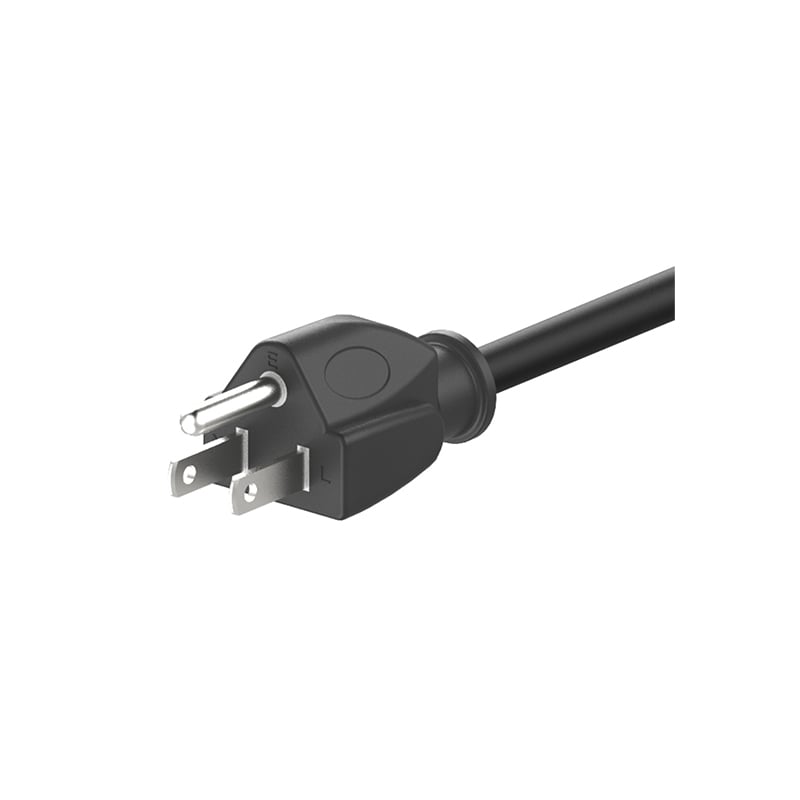Introduction
Electricity powers our lives, but do you know the difference between a plug and a power socket? These two terms are often used interchangeably, but they refer to different things. In this article, we’ll explore the key differences between plugs and power sockets.
What is a Plug?
A plug is a small detachable part that is attached to the end of an electrical cord. It is used to connect an electrical device to a power source. The plug has two or three metal prongs, called pins, which fit into matching holes in a power socket. The pins are designed to fit into the socket securely, creating a connection that allows electricity to flow through the cord and power the device.
What is a Power Socket?
A power socket, also known as an electrical outlet or receptacle, is a device that supplies electricity to electrical devices. The socket has one or more slots or holes that accept the pins on an electrical plug. The plug is inserted into the socket, connecting the device to the electrical supply. Power sockets can be installed in walls, floors, or ceilings, and are often found in homes, offices, and other buildings.
Different Types of Plugs and Sockets
Plugs and sockets come in different shapes and sizes to accommodate different types of electrical devices and power sources. Some of the most common types of plugs and sockets include:
- Two-pin plugs and sockets: typically used for small electrical devices with low power requirements.
- Three-pin plugs and sockets: used for larger electrical appliances such as computers, TVs, and refrigerators.
- Round-shaped plugs and sockets: commonly used in Europe and other parts of the world.
- Flat-shaped plugs and sockets: commonly used in North America and other parts of the world.
Why are Plugs and Sockets Different?
The different types of plugs and sockets exist because different countries and regions have different electrical standards. The voltage, frequency, and socket design can vary from country to country, so it’s important to use the right type of plug and socket when traveling or using electrical devices from other regions.
How to Safely Use Plugs and Sockets
It’s important to use plugs and sockets safely to avoid electrical hazards. Here are some tips:
- Make sure the plug is a good fit for the socket and insert it firmly.
- Avoid overloading sockets with too many devices.
- Unplug devices when they’re not in use.
- Replace damaged plugs and sockets promptly.
- Avoid touching plugs and sockets with wet hands.
The Benefits of Using the Right Plug and Socket
Using the right plug and socket can help ensure that your electrical devices work correctly and safely. It can also help prevent damage to your devices, which can be costly to repair or replace. Using the right plug and socket can help prevent electrical hazards and keep you and your family safe.
Conclusion
Now you know the difference between a plug and a power socket. These essential components of our electrical systems allow us to use electrical devices safely and efficiently. Remember to always use the right plug and socket for your devices and follow the recommended safety guidelines.

